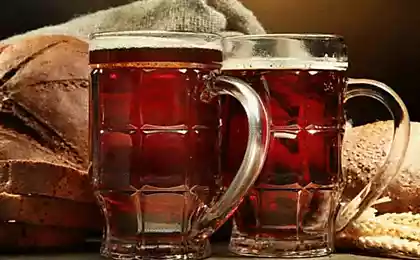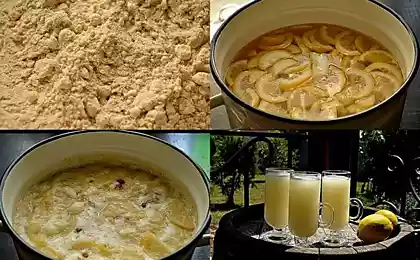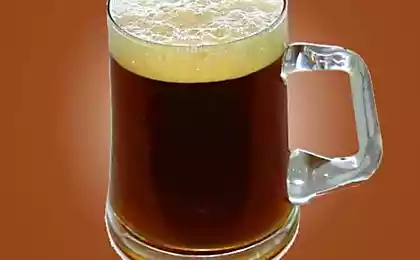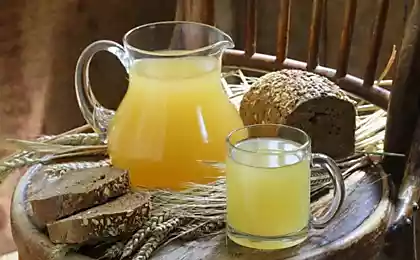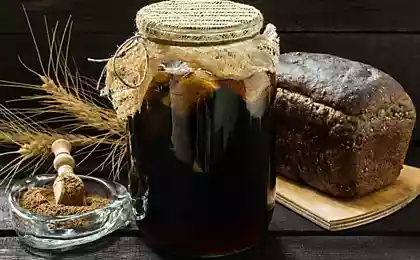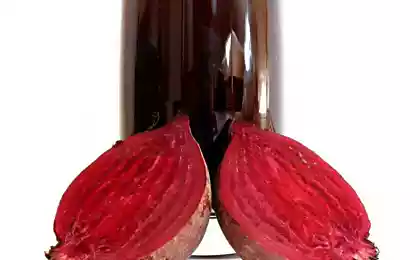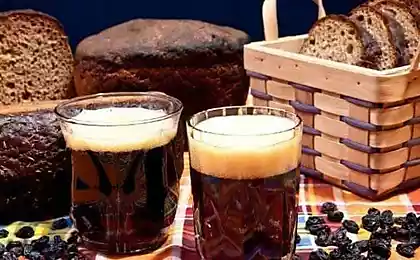225
Why the taste of Soviet kvass barrels can not be forgotten to this day
Classic kvass - just a legendary drink. This is without exaggeration. We have repeatedly published the best recipes for kvass. They told me how to make kvass from rice. They offered to make this favorite drink even from chicory.
Today's edition. "Site" It will tell about the history of kvass, the growth of its popularity, as well as the stories that went about the drink in relatively recent times.
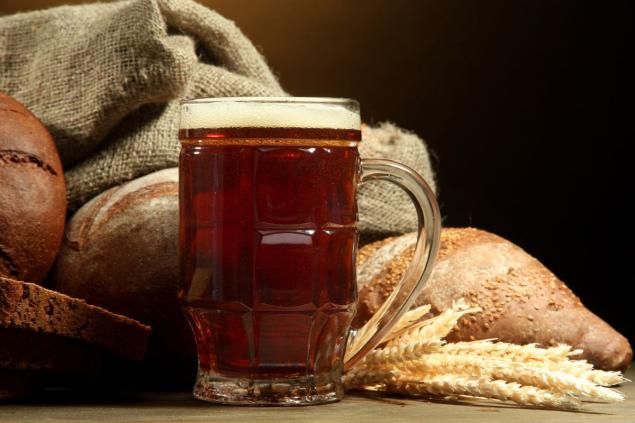
It is said that kvass was known before our era. Even the ancient Greek historian Herodotus in his writings told about drinking “ziphos”, which was obtained after fermenting soaked bread crusts.
And if in Europe such drinks were either forgotten, or eventually “turned” into beer, then kvass fell in love with us and took root for centuries. What to say, if in the XV century there were more than 500 varieties of kvass.
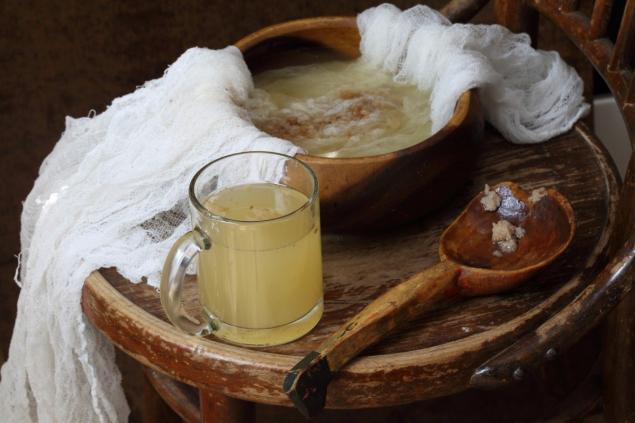
The drink was always present in the diet, it was attributed healing properties, considered an amulet. Our ancestors even put out fires after a lightning strike. It was believed that such fire could be dealt with either with milk or with kvass.
I loved the drink in Soviet times. Then in large volumes produced 4 types of bread kvass according to the state standard: sour, sour, tiny and Moscow. Although the buyer often did not know what kind of drink will be in the barrel.
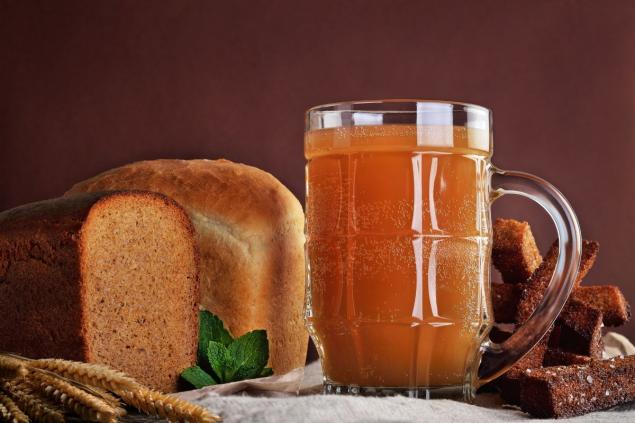
How was kvass made? First, wort was produced, then this rye or barley mixture was thickened almost to molasses, and later taken to a brewery. And already there in the wort added water, sugar and yeast, allowed to ferment. Only then the ready-made drink was filled with familiar large barrels with a laconic inscription “Kvass”.
And now it's time for that barrel. And the aunt in a white apron cheerfully pours a foaming drink to everyone who wants it. And a lot depends on its speed, because the sooner you pour, the more foam. And if the barrel is 900 liters of kvass, then thanks to such a “foam premium” the seller will receive an additional (already for herself) 3-5 rubles.
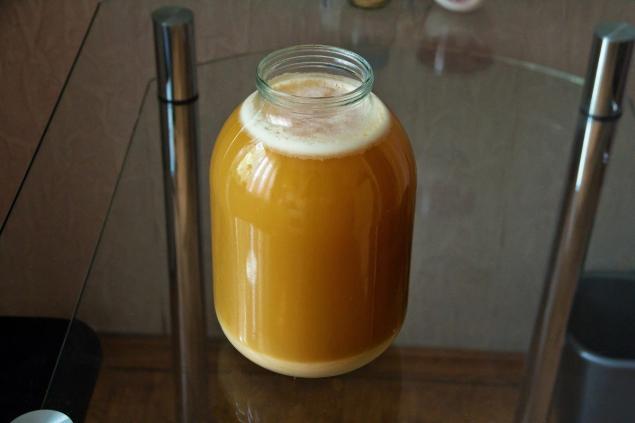
Quickly sell kvass was also necessary for the reason that in a day or two it can already ferment. They didn't use preservatives. So I had to sell and drink everything.
It is curious that kvass was different in taste every time. This depended on the amount of sugar and the saturation with carbon dioxide. And the fact that you probably don’t know how the drink will taste, added some drive, made the drink even more desirable. It was worth standing in line for.
Popular was not only the kvass, but also stories about it. One citizen ecstatically recounts how his reliable friend saw “a huge rat in a kvass barrel.” Another claims that “the police found something inside the barrel the other day.” And the findings were constantly changing, and their improbability depended only on the magnitude of the narrator’s imagination.
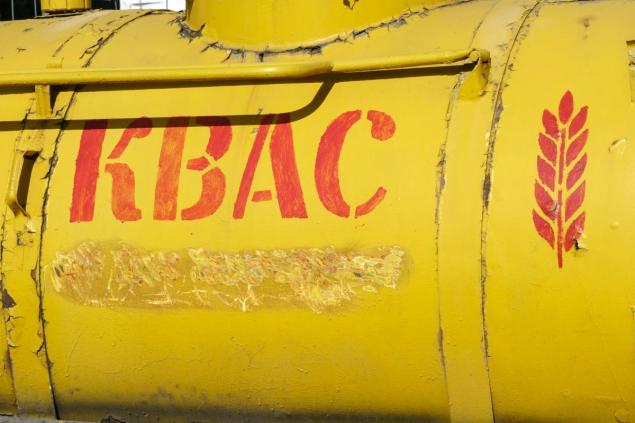
However, the stories were composed and distributed, and the barrel with the cherished drink invariably lined up. It is understandable, because sanitary standards at that time were quite strict. And hardly anyone will remember that he had some sickness due to kvass.
The price of a glass of drink is 3 cents, a large mug is 6 cents. A liter of kvass could be purchased for 12 kopecks, and for 36 and poured a full cannon. That was enough for my grandmother’s recipe, and I had to drink. A drink whose taste is slowly erased from memory.
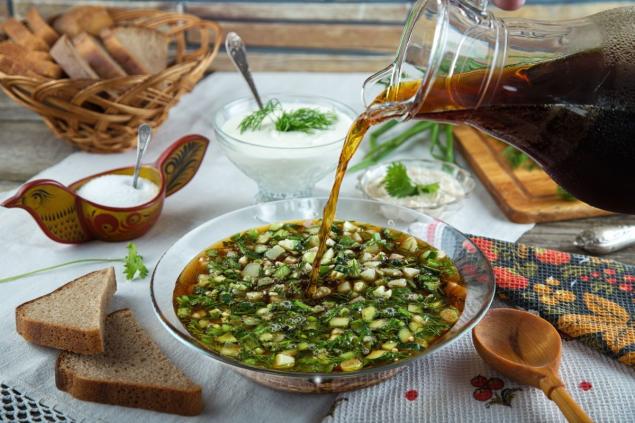
All because today on sale more often does not come classic kvass, and leavened drinks. Simply take a natural must, which is diluted with water and artificially carbonated.
Such production turns out to be cheaper, and therefore the price for such a "kvass" is lower than for a product with natural fermentation. As a result, the drink increasingly resembles not kvass, but some kind of Coca-Cola surrogate. Better cook it yourself. Or look for a specialty store.
Today's edition. "Site" It will tell about the history of kvass, the growth of its popularity, as well as the stories that went about the drink in relatively recent times.

It is said that kvass was known before our era. Even the ancient Greek historian Herodotus in his writings told about drinking “ziphos”, which was obtained after fermenting soaked bread crusts.
And if in Europe such drinks were either forgotten, or eventually “turned” into beer, then kvass fell in love with us and took root for centuries. What to say, if in the XV century there were more than 500 varieties of kvass.

The drink was always present in the diet, it was attributed healing properties, considered an amulet. Our ancestors even put out fires after a lightning strike. It was believed that such fire could be dealt with either with milk or with kvass.
I loved the drink in Soviet times. Then in large volumes produced 4 types of bread kvass according to the state standard: sour, sour, tiny and Moscow. Although the buyer often did not know what kind of drink will be in the barrel.

How was kvass made? First, wort was produced, then this rye or barley mixture was thickened almost to molasses, and later taken to a brewery. And already there in the wort added water, sugar and yeast, allowed to ferment. Only then the ready-made drink was filled with familiar large barrels with a laconic inscription “Kvass”.
And now it's time for that barrel. And the aunt in a white apron cheerfully pours a foaming drink to everyone who wants it. And a lot depends on its speed, because the sooner you pour, the more foam. And if the barrel is 900 liters of kvass, then thanks to such a “foam premium” the seller will receive an additional (already for herself) 3-5 rubles.

Quickly sell kvass was also necessary for the reason that in a day or two it can already ferment. They didn't use preservatives. So I had to sell and drink everything.
It is curious that kvass was different in taste every time. This depended on the amount of sugar and the saturation with carbon dioxide. And the fact that you probably don’t know how the drink will taste, added some drive, made the drink even more desirable. It was worth standing in line for.
Popular was not only the kvass, but also stories about it. One citizen ecstatically recounts how his reliable friend saw “a huge rat in a kvass barrel.” Another claims that “the police found something inside the barrel the other day.” And the findings were constantly changing, and their improbability depended only on the magnitude of the narrator’s imagination.

However, the stories were composed and distributed, and the barrel with the cherished drink invariably lined up. It is understandable, because sanitary standards at that time were quite strict. And hardly anyone will remember that he had some sickness due to kvass.
The price of a glass of drink is 3 cents, a large mug is 6 cents. A liter of kvass could be purchased for 12 kopecks, and for 36 and poured a full cannon. That was enough for my grandmother’s recipe, and I had to drink. A drink whose taste is slowly erased from memory.

All because today on sale more often does not come classic kvass, and leavened drinks. Simply take a natural must, which is diluted with water and artificially carbonated.
Such production turns out to be cheaper, and therefore the price for such a "kvass" is lower than for a product with natural fermentation. As a result, the drink increasingly resembles not kvass, but some kind of Coca-Cola surrogate. Better cook it yourself. Or look for a specialty store.
Kopenny cosmetics, which are massively bought up by foreigners and dragged over the hill to sell
Why does COVID-19 disappear sense of smell and how to return it
